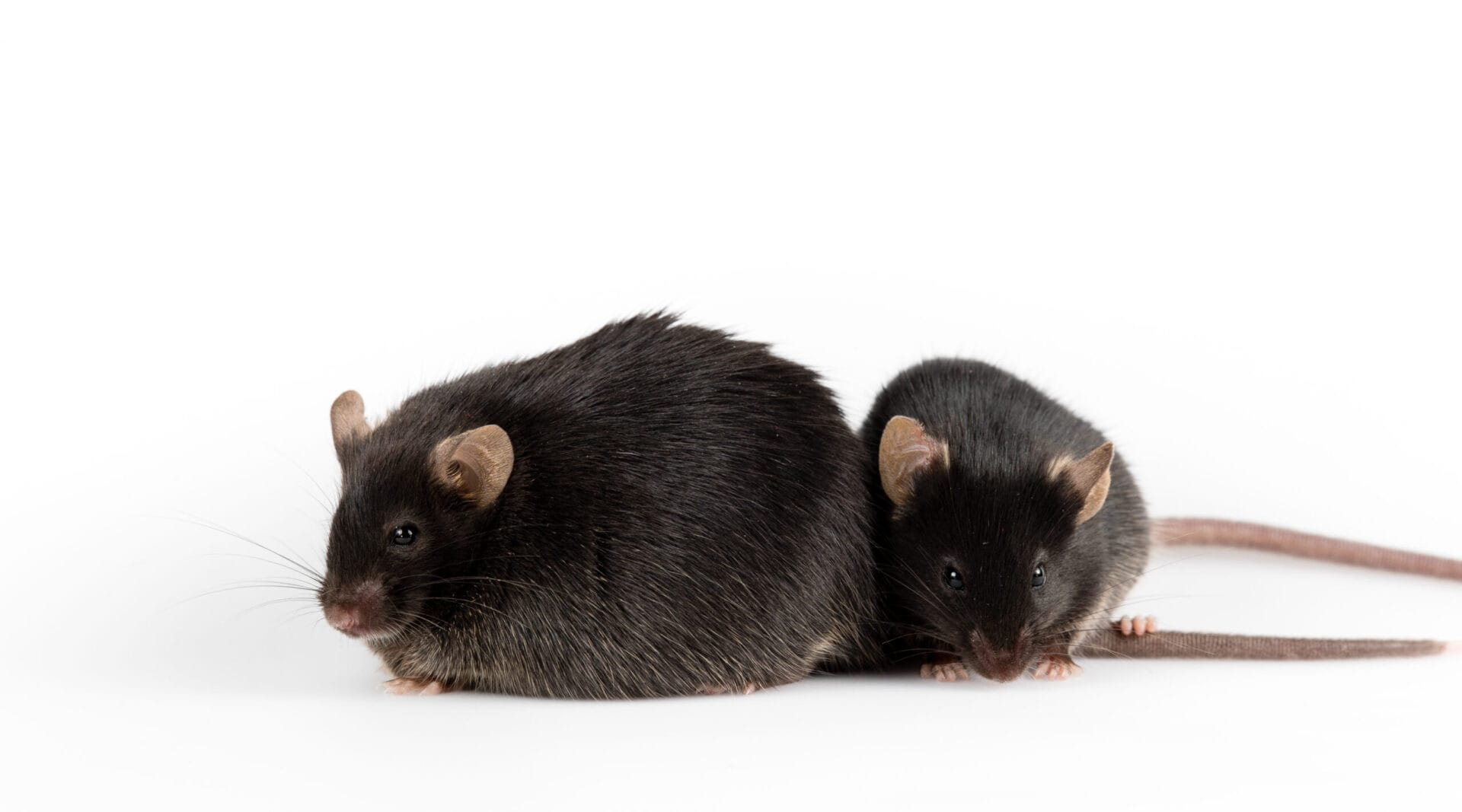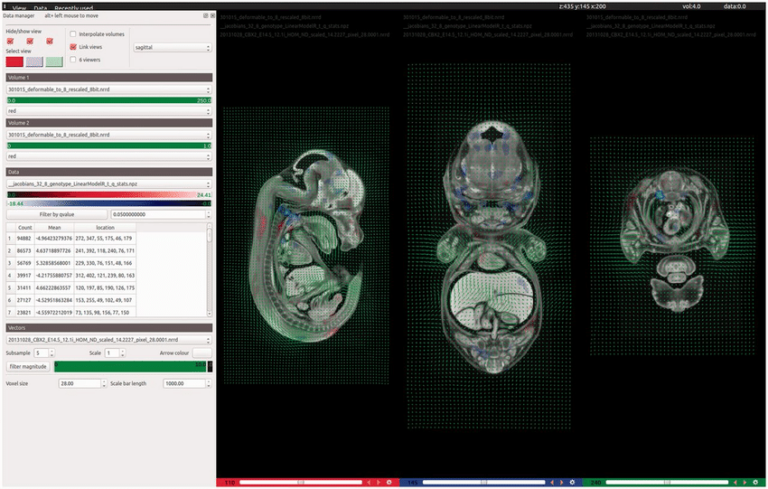Model organisms: the mouse
Image credit: Shutterstock

The mouse shares many similarities with humans in terms of anatomy, physiology and genetics, making it a useful model organism.
- Model organisms are non-human species that are used in research to help us understand specific areas of biology.
- The house mouse (Mus musculus) is commonly used as a model for genetic research, due to the many features it shares with humans.
- Scientists use mice to understand human conditions and diseases, including looking for new ways to diagnose and treat them.
The house mouse (Mus musculus)
- The house mouse is often used as a model mammal for genetic research.
- Its genome was published in 2002 as part of the Human Genome Project. Today, scientists can use this information to genetically engineer mice to mimic most human conditions.
- Mice are used in research under the principles of the 3Rs: Replacement (using alternatives where possible), Reduction (designing experiments that minimise the number of mice needed) and Refinement (using methods that improve their welfare).
What have we learned using the mouse in research?
Mice have been used in research since at least the 1700s. They’ve helped us to understand a great deal about health and disease, including:
- The genetic risk factors for complex diseases like atherosclerosis and hypertension. Humans and mice share many of the genes responsible for complex diseases like these.
- How many diseases develop – for example, mice without a fully functioning immune system have revealed important information about infectious diseases, cancer and AIDS.
- Speeding up the development of new drugs. For example, asthma drugs, the Covid-19 vaccines and cancer treatments were all developed using mice. Nearly all drugs and medical procedures routinely used today came about from mouse research.

What are some of the benefits and limitations of using the mouse as a model organism?
Benefits of using mice
- Mice and humans are biologically similar. We develop in the same way, have the same kinds of organs and can develop complex diseases, like cancer and diabetes.
- Almost every human gene has a counterpart in the mouse.
- Mice are small, cheap and relatively easy to look after.
- Their entire life cycle can be studied in two to three years.
- Multiple generations can be studied at the same time, due to their rapid gestation periods.
Limitations and challenges of using mice
- Although human and mouse diseases are similar, they’re not the same. Findings from the mouse aren’t guaranteed to be the same in people.
- Some drugs that work in mice don’t work or aren’t safe in humans.
- Many animals need to be bred for genetic experiments. Some of these won’t be used, because they won’t all have the right genetics.
- We don’t fully understand what could happen if genetically engineered animals entered the natural ecosystem.
- As with all animal research, there are ethical and moral questions to consider.
What are the alternatives to using the mouse in research?
Scientists are pioneering alternative systems and technologies that can accurately mimic human conditions in the lab – often created from human samples or stem cells. For example:
- Organoids – tiny, three-dimensional ‘mini-organs’. For example, scientists can now create mini guts or mini kidneys from human stem cells to study in the lab.
- Organ-on-a-chip – a tiny piece of human tissue, housed on what looks like a clear computer USB stick. The chip gives a micro-scale representation of an organ by mimicking properties such as the breathing motions of a lung.
- Sophisticated computer models – to simulate human biology and diseases, known as ‘in silico’ modelling.